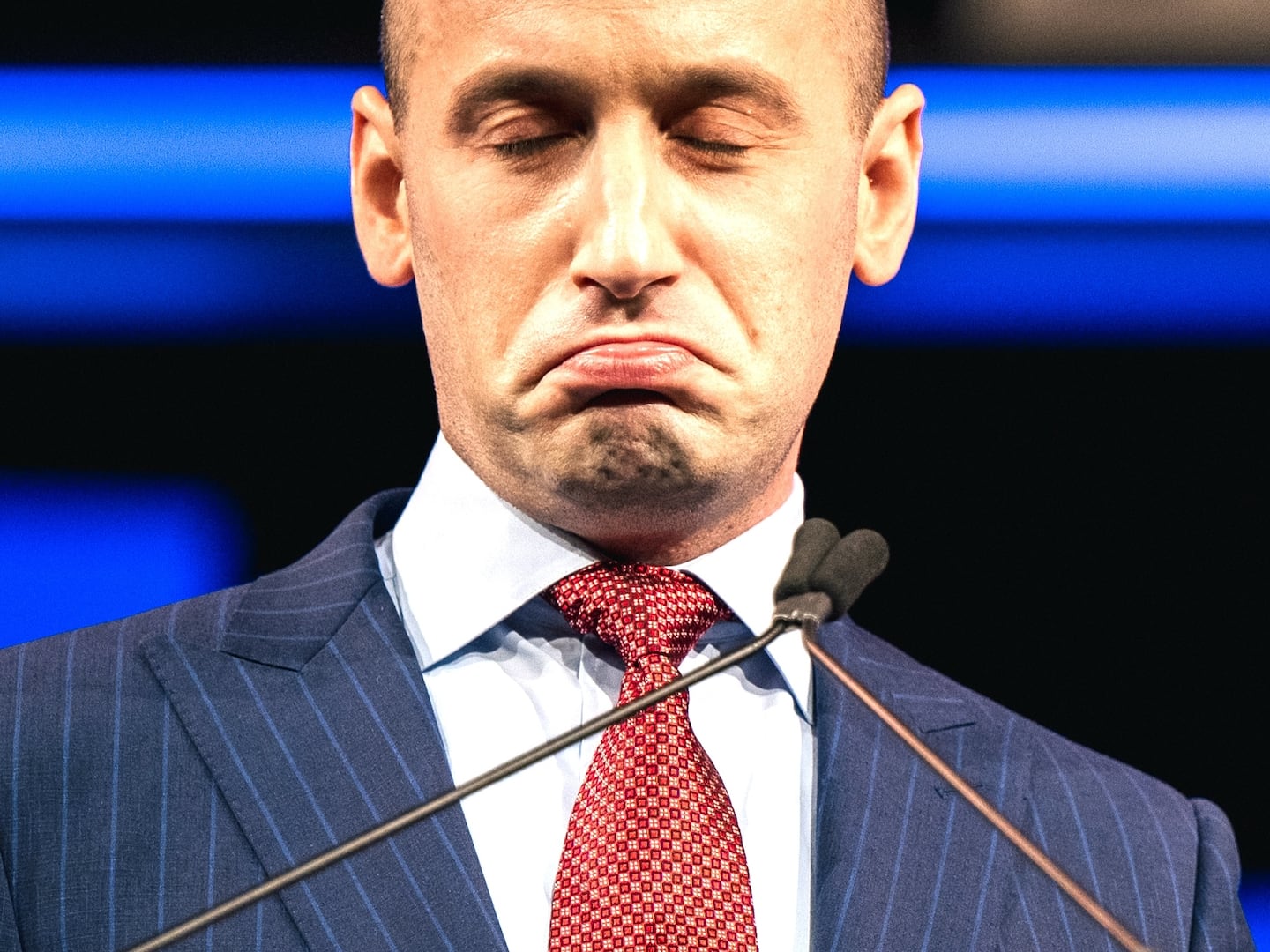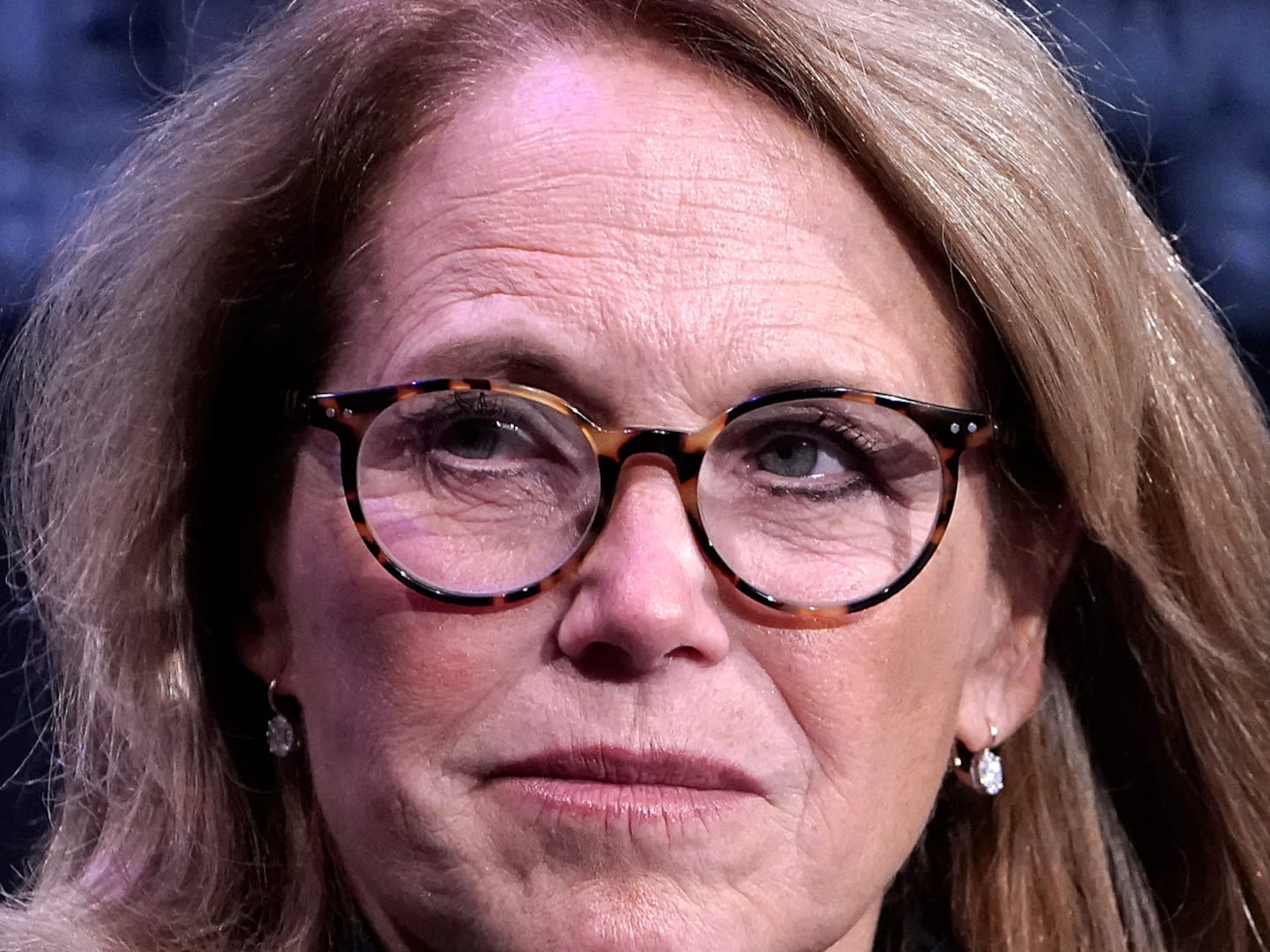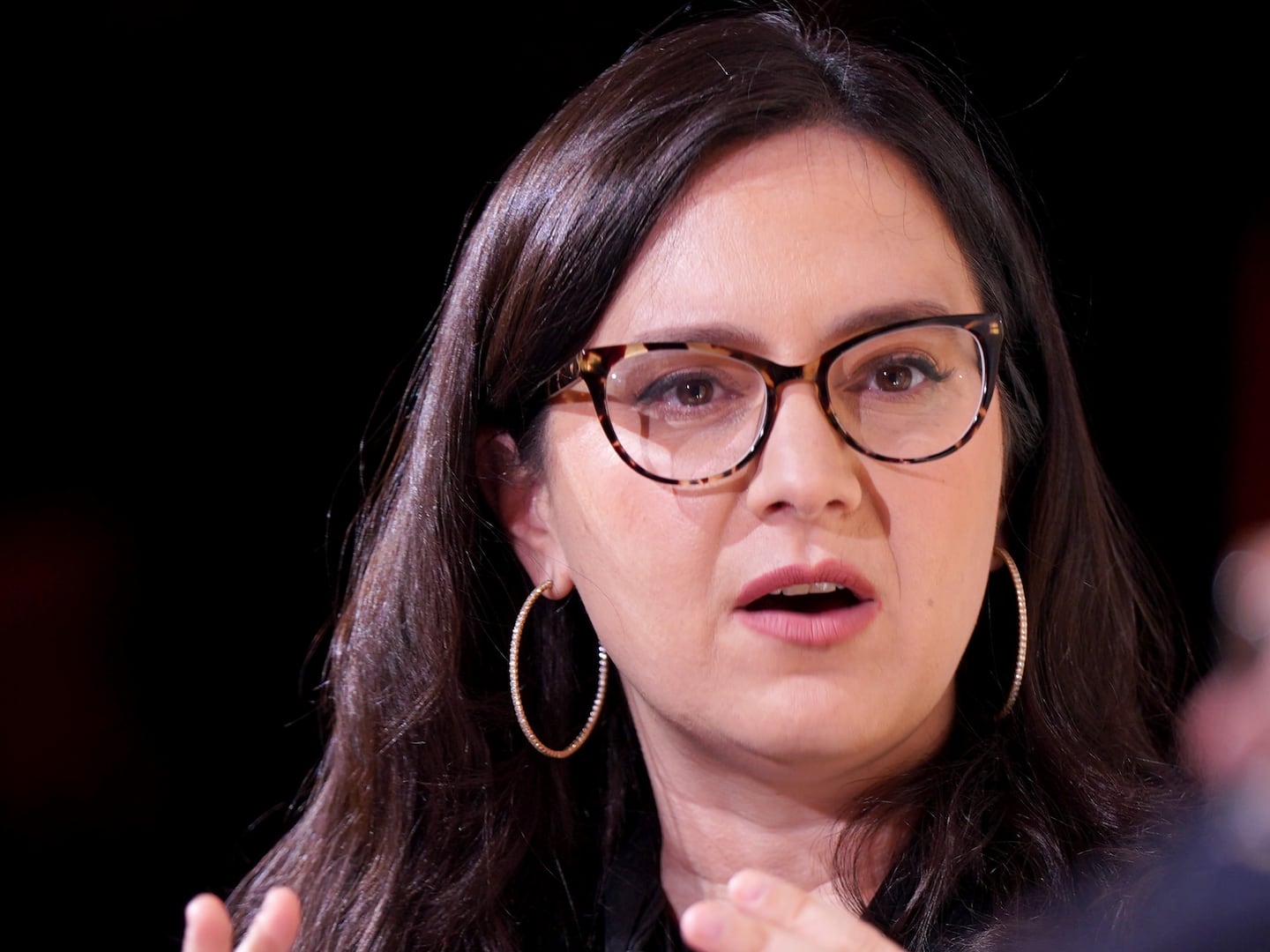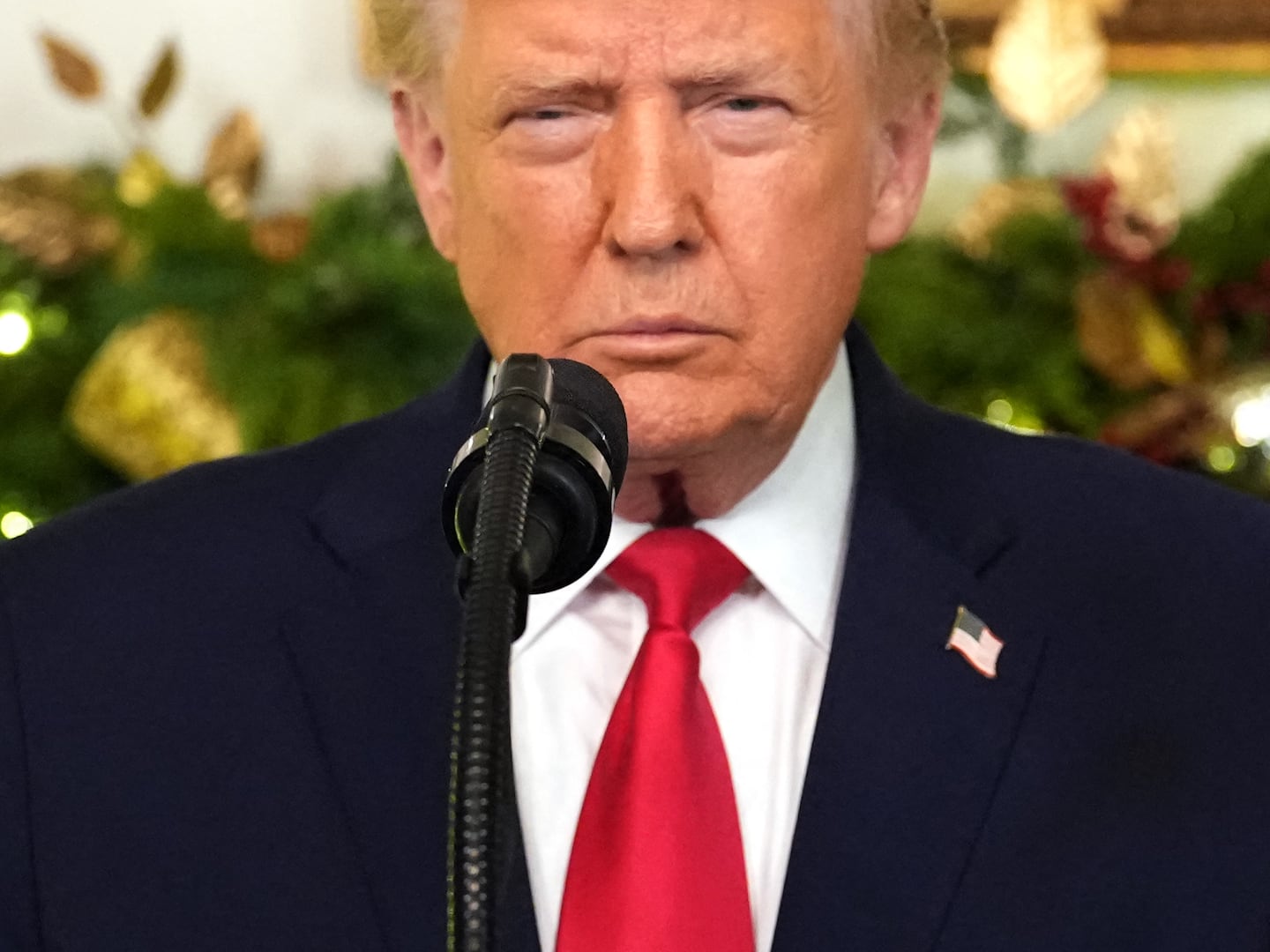
Keynes biographer Robert Skidelsky explains why, after decades of being ignored, the economist is back—and why we ought to keep his warnings in mind, even as the economy restarts.
“I guess everyone’s a Keynesian in the foxhole,” ruminated Robert Lucas, professor of economics at the University of Chicago, last October. It was a pretty damaging admission, for according to the theories of the Chicago school, free-market economies shouldn’t be in foxholes. Markets are efficient, all shares are correctly priced, government interference only makes things worse. In the name of these doctrines, financial and other markets were extensively deregulated, governments pushed aside, capital left free to roam the world in search of the highest return. “The era of boom and bust is over,” proclaimed British Prime Minister Gordon Brown. Pangloss reigned supreme.
Lucas was referring to John Maynard Keynes, the great English economist who died in 1946. Keynes had lived through the Great Depression of 1929-32. He wrote his great book, The General Theory of Employment, Interest and Money, published in 1936, to refute what later became Chicago economics. Keynes said four things that he claimed were perfectly obvious.
Keynes’ propositions go against the grain of most contemporary economics and a widespread belief that markets never get things wrong and governments usually do.
First, we don’t know nearly as much about the future as we think we do, and therefore financial markets can make big mistakes. Alan Greenspan admitted the truth of this when he said the crisis was caused by the “underpricing of risk worldwide.” Pity he realized this only after the collapse of Bear Stearns, Fannie Mae, Freddie Mac, Lehman Brothers, AIG, etc.
Second, Keynes said that when markets suffer big shocks, they don’t self-correct quickly, but start shrinking like leaky balloons as people stop spending. We have just experienced such a shrinking. Since last October, the American economy has shrunk by 7 percent; Americans are $800 billion poorer than they were. When America sneezes, the world still catches a cold, and the world economy has deflated more or less in line with America’s.

Third, Keynes said that, to make up for the decline of private spending, government should inject extra spending into the economy. Keynes is the original inventor of the famous “stimulus” packages that governments have recently enacted the world over. This is in striking contrast to what happened between 1929 and 1932. Then, governments didn’t believe that economies might need stimulating “in the foxhole.” They did what they normally did—balanced their budgets and kept money tight, hoping that this would “restore confidence.” As a result the U.S.—and the world—economy experienced 12 successive quarters of contraction. This time, governments did the opposite, and the contraction has been limited to four quarters, with “green shoots” of recovery already appearing.
Finally, Keynes wanted to set up a permanent system that takes precautions against falling into foxholes. He said: Limit the scope of speculation, make sure aggregate spending, private and public, is always sufficient to maintain full employment.
These propositions go against the grain of most contemporary economics and a widespread belief that markets never get things wrong and governments usually do. The whole of our investment machine works on the theory that we can accurately price risk. If this were so then, of course, banks and companies would never go bust. Keynes made a crucial distinction between “risk” and “uncertainty.” We can accurately price some risk—for example, government securities in our society are virtually risk-free, which is why they offer such a low rate of return. But when it comes to the value of the dollar in five years’ time, you would have to say, “I honestly don’t know.” Keynes said it was the pretense to knowledge that leads to stampedes for the exit. Firmly held beliefs are liable to be suddenly overturned when some bit of bad news comes, precisely because there is “no firm basis of conviction to hold them steady.”
Now consider that favorite of elementary economics textbooks, “when economies suffer a shock, wages and prices rapidly adjust, so there is continuous or almost continuous full employment.” Yet we know they don’t adjust that quickly and economists have invented all kinds of fancy theories to explain what they call “sticky prices.” But it’s Keynes’ explanation that shines most clearly through the thicket. Prices are “sticky” because no on knows what the new “correct” price is! Things have to settle down before the new pattern of wages and prices discloses itself, and that leaves enough time for output to fall and steep unemployment to develop.
Virtually everyone now accepts that “shocked” economies need some kind of “stimulating” to resume normal life. But conservative economists hate the idea of government activism and are clamoring for the present stimulus to be withdrawn immediately because, if not, it will lead to runaway inflation. Others, more knowingly, tell you that the government plans to “inflate away its debt.” What nonsense this is when the economy is still 7 percent smaller than it was a year ago and prices are flat or falling. Keynes would have said: Don’t take the economy off its life support system until it has started to grow vigorously again.
What of the future? Keynes would have been in favor of better banking regulation to control speculation. But he would have thought it more important to maintain an aggregate spending at a continuously high level. He thought that too much wealth piled up into too few hands makes economies unstable, and for that reason he would have favored a more equal distribution of purchasing power than we now have. For much the same reason he would have favored greater equality in the distribution of international reserves—something he tried and failed to achieve with his international clearing union plan of 1941.
Keynes’ political economy would thus be very different from the one we have all got used to since the Reagan-Thatcher revolution. The question is whether we can afford to go along with a system that crashes every few years. Keynes repeatedly said he had not come to destroy the market system. His aim was to make the world safe for markets—and markets safe for the world.
Plus: Check out Book Beast for more news on hot titles and authors and excerpts from the latest books.
Lord Robert Skidelsky, emeritus professor of political economy at the University of Warwick, is the acclaimed biographer of John Maynard Keynes. He was made a life peer in 1991, and was elected fellow of the British Academy in 1994. He lives in London.






